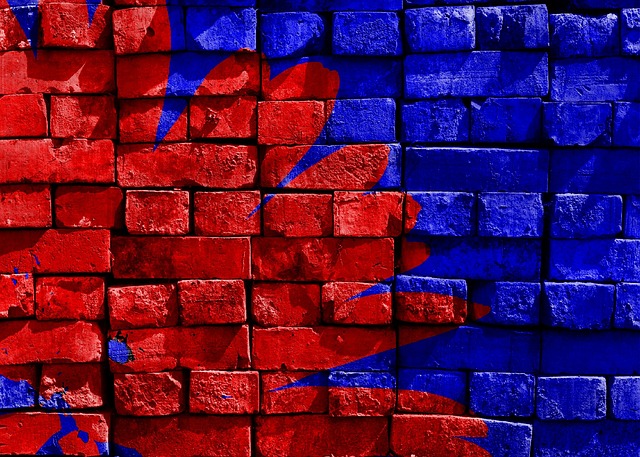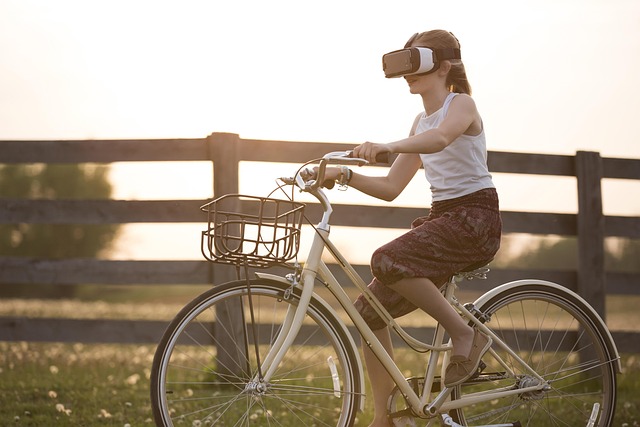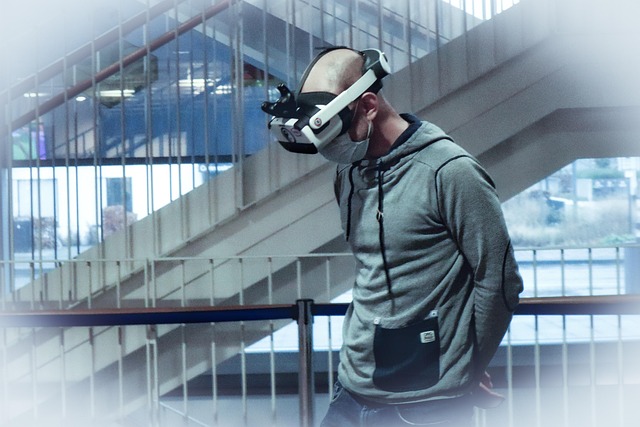In our rapidly evolving digital landscape, understanding digital group dynamics is crucial for navigating the complex interactions within virtual societies. While traditional forms of communication have relied heavily on physical presence, the advent of Virtual Reality (VR), Augmented Reality (AR), and the Metaverse has dramatically transformed how we connect with one another. These technologies not only enhance our interactions but also redefine the very nature of community, collaboration, and engagement.
Virtual Reality offers an immersive environment that allows individuals to escape their physical confines and step into a digital universe. As users don VR headsets, they find themselves in shared spaces that simulate reality, facilitating more profound collective experiences. For example, attending a virtual concert with friends scattered across the globe evokes a sense of togetherness that transcends geographical distances. This shared experience can foster stronger bonds as enthusiasts interact with one another amidst a vibrant digital landscape.
On the other hand, Augmented Reality seamlessly combines the digital and physical worlds, enriching our everyday experiences. Through AR applications, group dynamics are enhanced by overlaying digital information in real-time on our surroundings. Imagine a team collaborating on a project, using AR to visualize their ideas in a shared physical space. This technology empowers groups to brainstorm and innovate more effectively, enabling them to tackle complex challenges as a cohesive unit.
The Metaverse, a collective virtual shared space created by the convergence of virtually enhanced physical reality and persistent virtual reality, further elevates digital group dynamics. This multi-dimensional universe allows users to create avatars, establish social identities, and build communities around shared interests. In the Metaverse, people can connect with others who share their passions, whether that’s gaming, art, or education, thus cultivating a rich tapestry of interaction that surpasses traditional platforms like social media.
However, navigating these new digital group dynamics is not without challenges. Social cues that are often easy to read in face-to-face interactions can be obscured in virtual environments, leading to misunderstandings and miscommunications. Moreover, privacy concerns and the risk of isolation are issues that need addressing as we continue to explore these digital realms.
Despite these challenges, the potential for enriched interpersonal relationships and collaboration is enormous. By mastering the nuances of VR, AR, and the Metaverse, individuals and groups can create meaningful connections that accentuate our shared human experience. Embracing these technologies opens up new avenues for connection, allowing us to forge relationships that were once thought impossible.
As we proceed further into this digital frontier, it becomes essential for us to remain vigilant about the nuances of dynamics within these technologies. Understanding how to effectively manage and participate in these virtual environments will be key to fostering healthy community participation. After all, the goal of technology should be to enhance human interaction, making our lives interconnected and richer through shared experiences.




